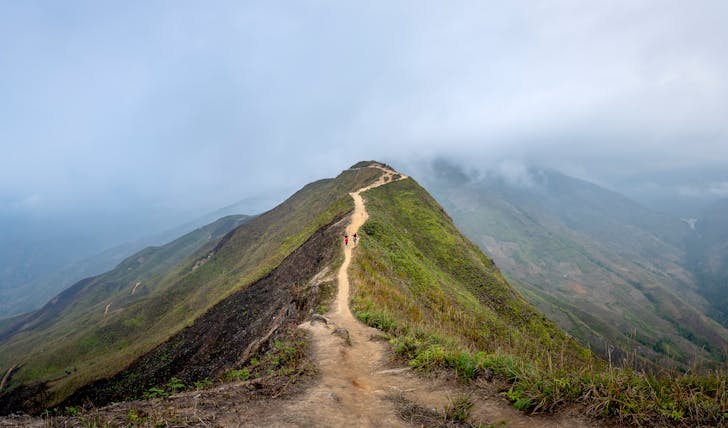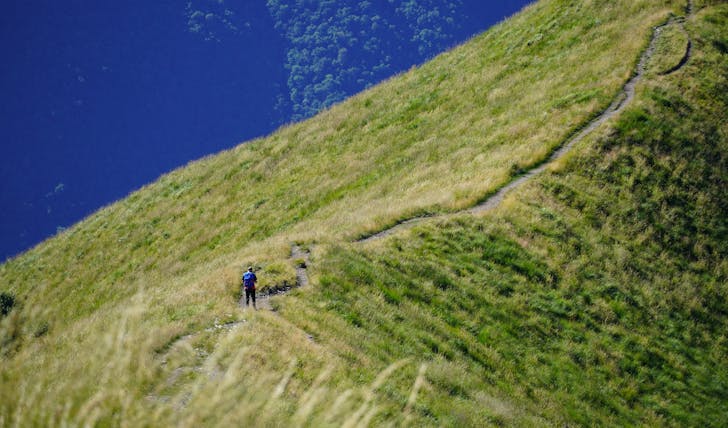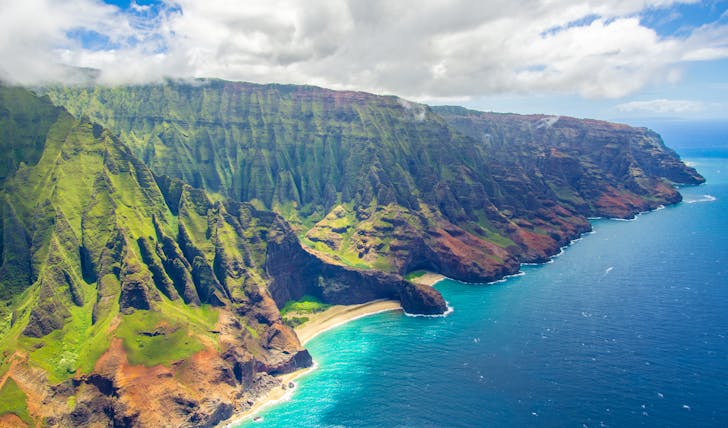Like it or not, we are living in a digital age, and the thirst for adventure and the perfect snapshot for social media can sometimes lead to perilous outcomes. This was the case for Ian Snyder, a 34-year-old tourist from California, who experienced a near-fatal accident after following a guide on an off-limits hike on Oahu, Hawaii. Snyder’s harrowing ordeal sheds light on the darker side of social media’s influence on travel and adventure.
In December, while exploring the Koolau Summit Trail, Snyder suffered a terrifying fall, plummeting 1,000 feet to the base of a secluded waterfall. The trail, known for its breathtaking views, is also notorious for its hazardous conditions, including narrow paths, steep ridges, and unpredictable weather.

Quang / Pexels / The 34-year-old tourist followed “social media travel content” and trekked the Koolau Summit Trail ALONE.
Closed off to the public for being deemed too dangerous, it still lures adventurers drawn by its illicit allure, often promoted through social media and various online platforms. Snyder’s journey turned into a nightmare when he found himself alone, injured, and stranded in a remote area of the trail. For three days, he was trapped, alternating between consciousness and unconsciousness, surviving only on stream water until his rescue.
The turning point in Snyder’s ordeal came when the Honolulu Fire Department helicopter crew, using the last known location from his cell phone, successfully located and rescued him. Despite suffering from severe injuries, including broken bones and bruises, Snyder survived.
However, the incident left him with lasting consequences, including double vision in his right eye, necessitating an eyepatch.

Franj / Pexels / While trekking alone, Ian Snyder fell from 1,000 feet and luckily survived. His advice: Not everything you see on your social media feeds is true!
Forbidden Trails Are Not Uncommon!
Snyder’s story is not unique. A quick online search reveals numerous blogs and social media posts enticing adventurers with the promise of uncharted beauty and forbidden trails, including those like the Koolau Summit Trail. These posts often gloss over the dangers and legal restrictions, focusing instead on the thrill of the adventure and the potential for capturing that perfect photo.
This incident underscores the potential risks of blindly following social media and online guides. Beyond the physical dangers, these adventures often involve trespassing and disrespecting local regulations and communities. Snyder’s experience serves as a stark reminder of the consequences of such actions, highlighting the importance of respecting nature, local laws, and the boundaries set for safety.
A Call to Action?

Troy / Pexels / The survivor warns hikers to avoid following the “false adventure thrills” on social media.
In the wake of his ordeal, Snyder has become an outspoken advocate for travel safety and the responsible use of social media. He urges adventurers to critically evaluate the information they find online and to always prioritize safety over the pursuit of likes and followers. His message is clear: The real world is far more complex and hazardous than it appears through the filter of social media.
Ian Snyder’s survival story is a cautionary tale that resonates deeply in today’s digitally-driven society. It is a vivid illustration of how the quest for adventure, fueled by social media, can lead to dangerous, even life-threatening situations.
As we navigate the world, both online and off, let’s remember the lessons learned from Snyder’s experience. It is crucial to approach our adventures with respect, caution, and an awareness of the real risks involved. After all, the greatest adventure is ensuring we can continue to explore safely for years to come.